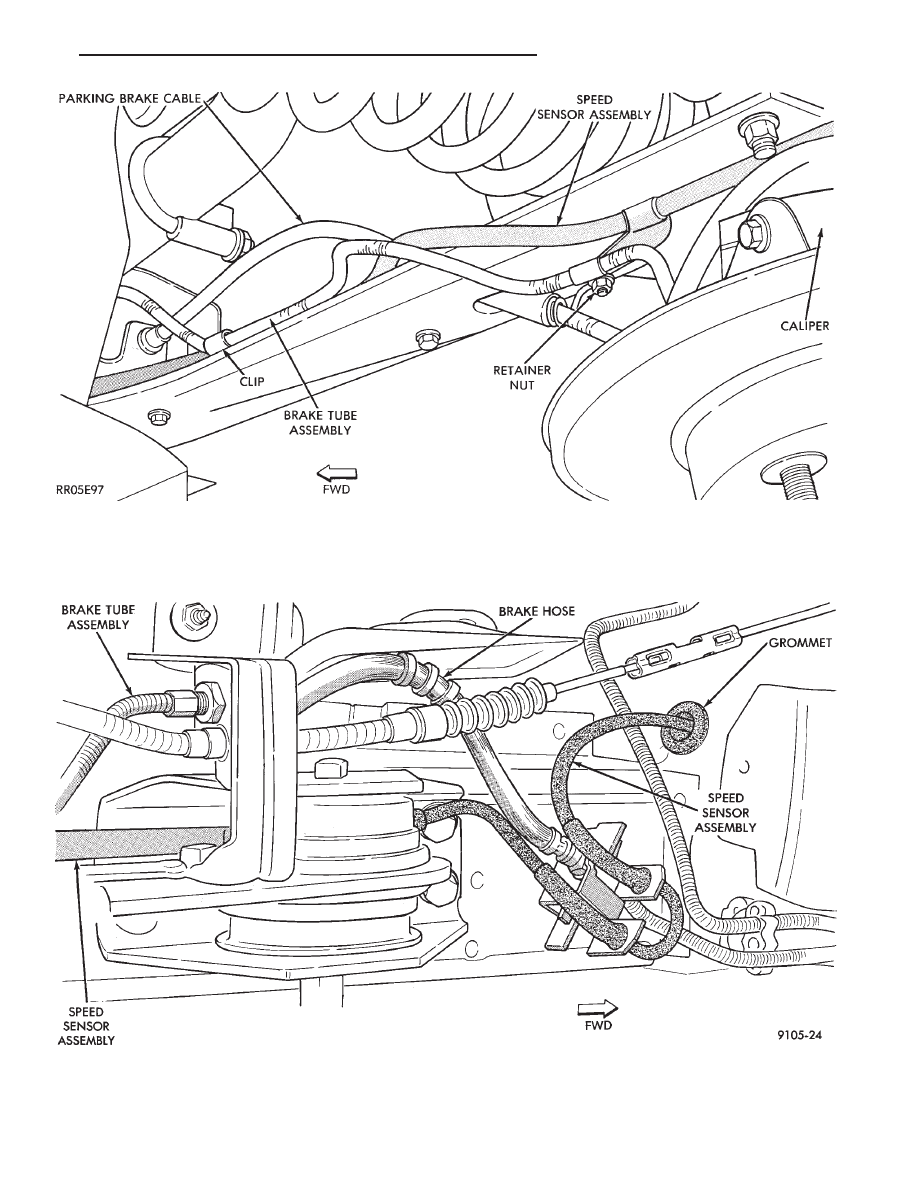Chrysler Le Baron, Dodge Dynasty, Plymouth Acclaim. Manual - part 257

Fig. 11 Body Routing of Rear Speed Sensor Wiring
Fig. 10 Rear Wheel Speed Sensor Routing at Trailing Arm
Ä
ANTILOCK 4 BRAKE SYSTEM
5 - 45
|
|
|

Fig. 11 Body Routing of Rear Speed Sensor Wiring Fig. 10 Rear Wheel Speed Sensor Routing at Trailing Arm Ä ANTILOCK 4 BRAKE SYSTEM 5 - 45 |